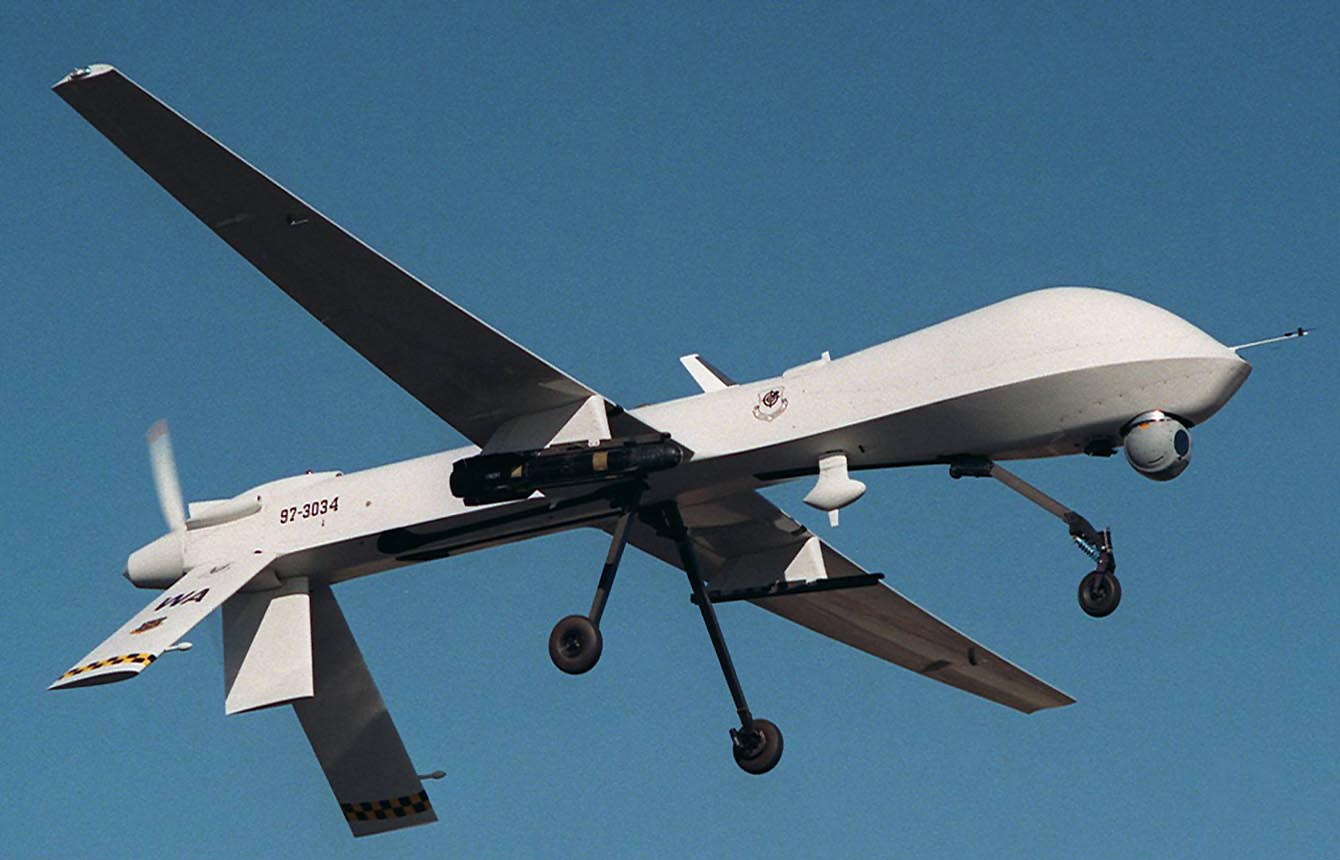This post is also available in:
 עברית (Hebrew)
עברית (Hebrew)
Chicago-based Boeing has successfully completed the first suite of synchronized unmanned aerial vehicle (UAV) flight tests using new onboard autonomous command and control technology developed by the company in Australia.
According to airforce-technology.com, the test flights involved five UAV test beds that were integrated with the new on-board command and control system. Carried out at a regional Queensland airfield, the trials demonstrated the technology’s ability to enable UAVs to safely complete in-air programmed missions as a team without any human interference or control.
As a result of the successful tests, more advanced behaviors will be integrated into autonomous drones, that will be used including for underwater missions. “What we’ve created here in Australia has the potential to transform the use of unmanned vehicles for civil, commercial and defense applications – whether that be in the air, on the ground or out at sea,” said in a statement Shane Arnott, director of Boeing Phantom Works International.
“This capability will be a huge driver of efficiency and productivity. By safely teaming unmanned systems with human-operated systems, we keep people away from dull, dirty and dangerous tasks so they can focus on activities that machines can’t or shouldn’t do.”
The company collaborated with small and medium-sized enterprises to support rapid design, development and testing of the autonomous command and control technology. Over a period of two months, Boeing engaged small-to-medium enterprises and issued $1.68m in contracts with a total of 14 businesses across Queensland, Australia.
In the coming months, the team from Boeing Australia will incorporate and test more advanced behaviours on high-performance air vehicles before exploring other domains such as unmanned ocean vehicles.
Boeing has worked in partnership with the Queensland Government as part of the company’s Advance Queensland Autonomous Systems Platform Technology Project.


























